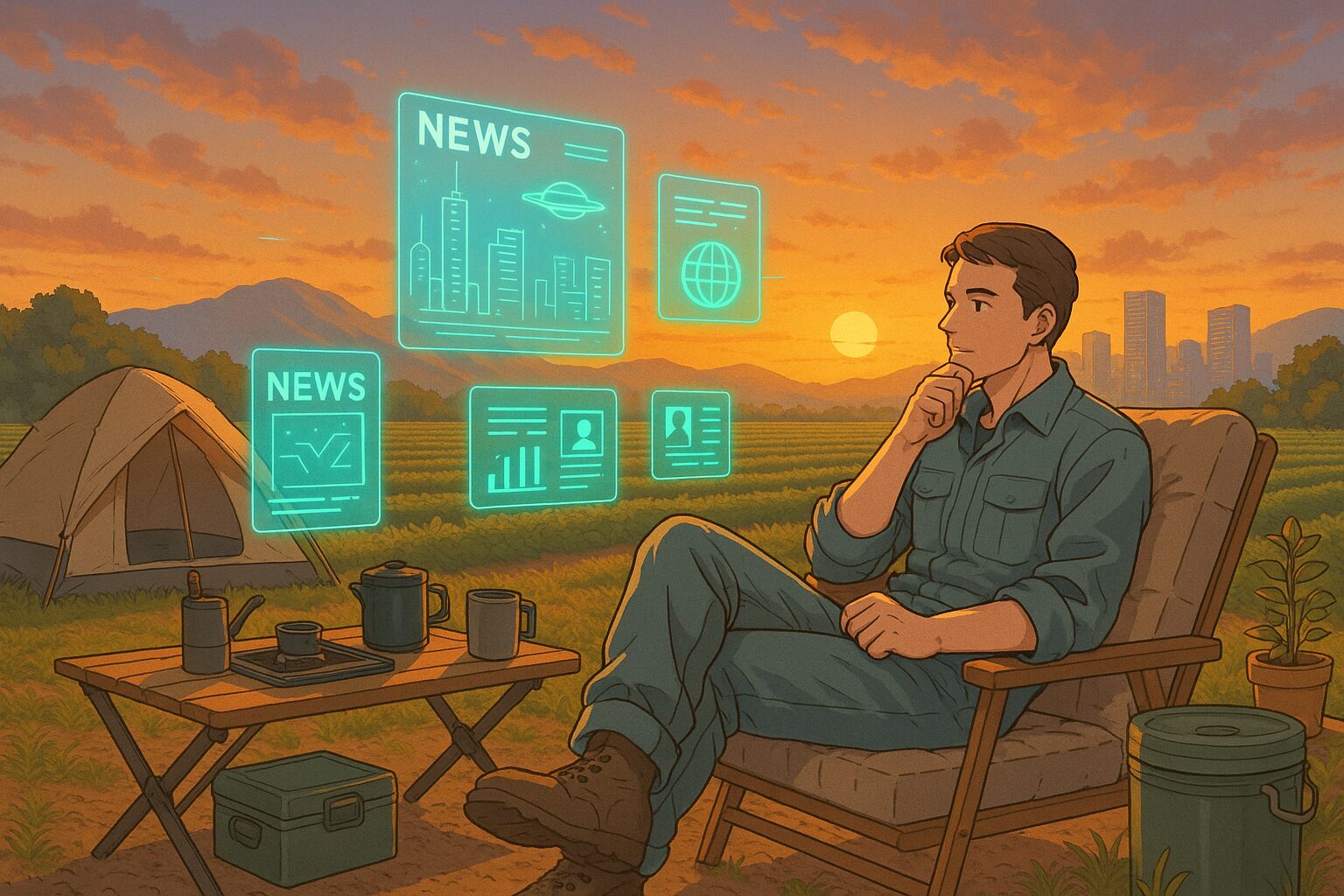How Will the Future of Earth Change with a Ban on Genetic Engineering of Wildlife?
The debate surrounding genetic engineering of wildlife is garnering attention. While some argue that genetic engineering should be banned, others believe it should be utilized. If this controversy continues, what will become of the future of Earth?
1. Today’s News
Source:
Would a ban on genetic engineering of wildlife hamper conservation?
Summary:
- Some conservation organizations are calling for a ban on genetic engineering of wildlife.
- Other experts believe these technologies are essential for biodiversity conservation.
- This debate could have serious implications for the future of wildlife.
2. Considering the Background
Genetic engineering is being highlighted as a new means to prevent species extinction in the natural world. However, there are also risks of altering the natural order, necessitating cautious approaches. This technology is utilized in various sectors, from our dining tables to healthcare, but there are differing opinions among experts on how far it should be applied to wildlife. The reason this issue is getting attention now is due to the rapid evolution of the technology, while ethical judgments have not kept pace. How will it impact our daily lives?
3. What Does the Future Hold?
Hypothesis 1 (Neutral): A Future Where Genetic Engineering Becomes Commonplace
Genetic engineering will be accepted as standard technology and utilized for species conservation. This will lead to more efficient protection of endangered species and maintain balance in the natural world. However, increased reliance on technology may diminish our understanding of nature’s self-healing capabilities.
Hypothesis 2 (Optimistic): A Future of Significant Advances in Genetic Technology
Genetic technology will see remarkable advancements, resulting in significant recovery of biodiversity. This will enhance the resilience of ecosystems, allowing for a society where humans and nature coexist in greater harmony. People will view the coexistence of technology and nature positively, raising their environmental consciousness.
Hypothesis 3 (Pessimistic): A Future Where Natural Diversity is Lost
With increasing bans on genetic engineering, the means of protection will be restricted, potentially leading to a rise in extinct species. This could destabilize ecosystem balance and change natural environments in unforeseen ways. People may underestimate the power of nature, and distrust in technology could spread.
4. Tips for Us
Thinking Tips
- Consider the balance between science and technology and nature conservation.
- Reassess your daily interactions with nature.
Small Practical Tips
- Participate in environmental protection activities to deepen your connection with nature.
- Share the importance of nature with friends and family.
5. What Would You Do?
- Would you support the advancement of genetic technology and actively seek information?
- Would you respect the natural order and take a cautious approach to the use of technology?
- Or would you explore other ways to protect nature in the future?
What kind of future do you envision? Please share with us through social media quotes or comments.









